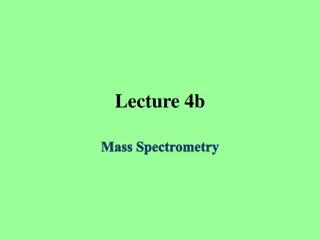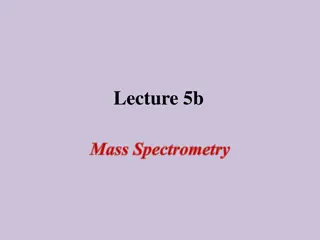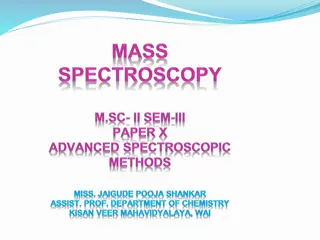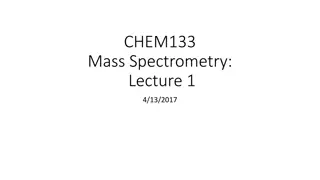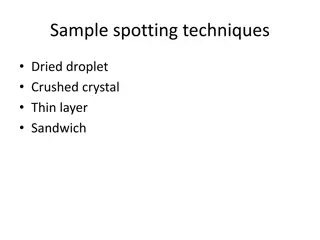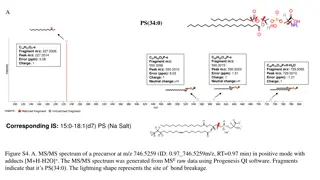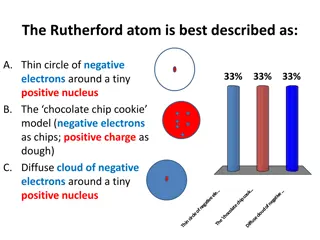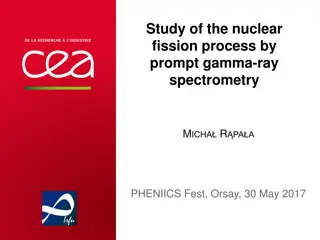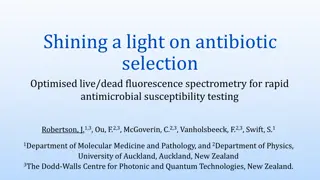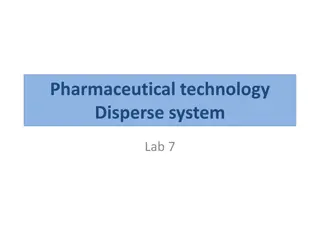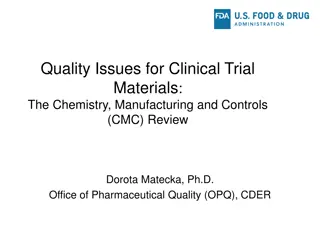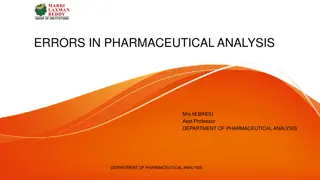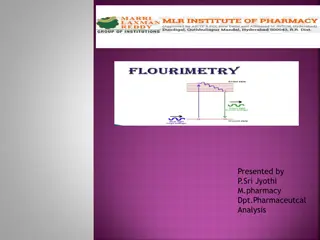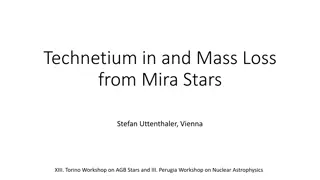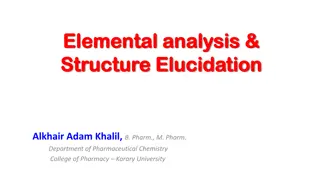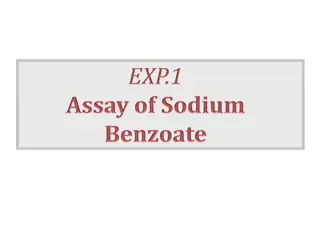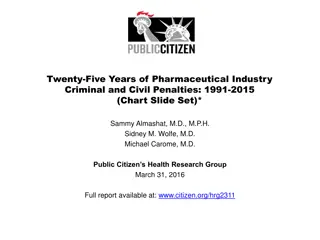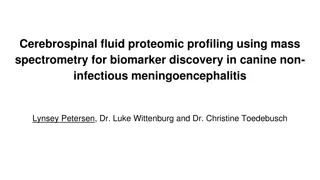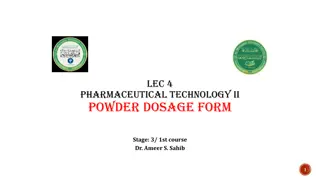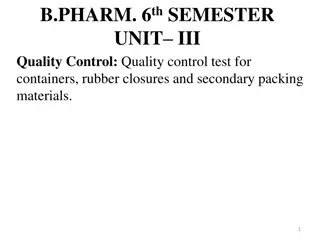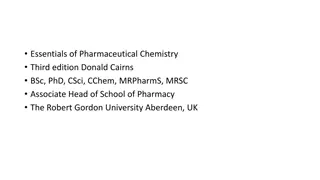Understanding Mass Spectrometry in Pharmaceutical Analysis
Delve into the intricacies of mass spectrometry as applied to pharmaceutical analysis, exploring the fragmentation processes, allylic cleavage in alkenes and alkynes, and the characterization of aromatic hydrocarbons. Discover how mass spectrometry aids in identifying and analyzing various compounds crucial in pharmaceutical research and development.
Download Presentation

Please find below an Image/Link to download the presentation.
The content on the website is provided AS IS for your information and personal use only. It may not be sold, licensed, or shared on other websites without obtaining consent from the author. Download presentation by click this link. If you encounter any issues during the download, it is possible that the publisher has removed the file from their server.
E N D
Presentation Transcript
Advanced pharmaceutical analysis mass spectrometry 5 stage lect.3
Alkenes Acyclic Alkenes Relatively strong M ion A series of peaks: M-15, M-29,M-43,M-57, etc Strong peak from fragmentation to form a resonance stabilized allylic cation(m/z = 41 in terminal double bond. * homolytic cleavage to give allylic carbocation
- An important fragment in the mass spectra of terminal alkene, the Allyl carbocation ,occurs at an m/e of 42. it is due to cleavage of the type:
fragmentation processes McLafferty rearrangement allylic -cleavage
Cyclic Alkenes Double bonds favor allylic cleavage to give the resonance stabilized allylic carbocation Cyclohexenes can undergo retro-Diels-Alder reactions; may be significant Side chains are easily fragmented
Alkynes Strong M-1 peak is observed in ter. alkynes Strong peak from fragmentation to give resonance stabilized propargyl cation(m/z = 39 [important]in terminal alkynes)
Aromatic Hydrocarbons Strong M ion Strong M-1 * Methyl benzene= give benzyl cation= tropylium ion Substituted benzenes can undergo McLafferty r.r. (substitutent = propyl or larger)
Cpds with Heteroatoms molecules containing O,N, halogens or other heteroatoms often undergo -cleavage( adjacent to heteroatom) - Driving force is resonance stabilized cations Alcohols Acyclic Alcohols Weak M peak; may be absent Dehydration (M-18), sometimes with loss of CH2=CH2 -Cleavage of an alkyl radical (1 alcohols show m/z = 31) Largest substituent lost first Loss of H radical adjacent to OH (M-1) may occur; usually minor
-cleavage of ring, with subsequent fragmentation to give protonated acrolein
Benzyl Alcohols Strong M peak formation of tropyliol ions; then fragmentation to C6H5 +
fragmentation of tropyliol dehydration
Phenols Strong M peak May show strong [M-1] Loss of C O (M-28) and net loss of formyl radical (M-29)


